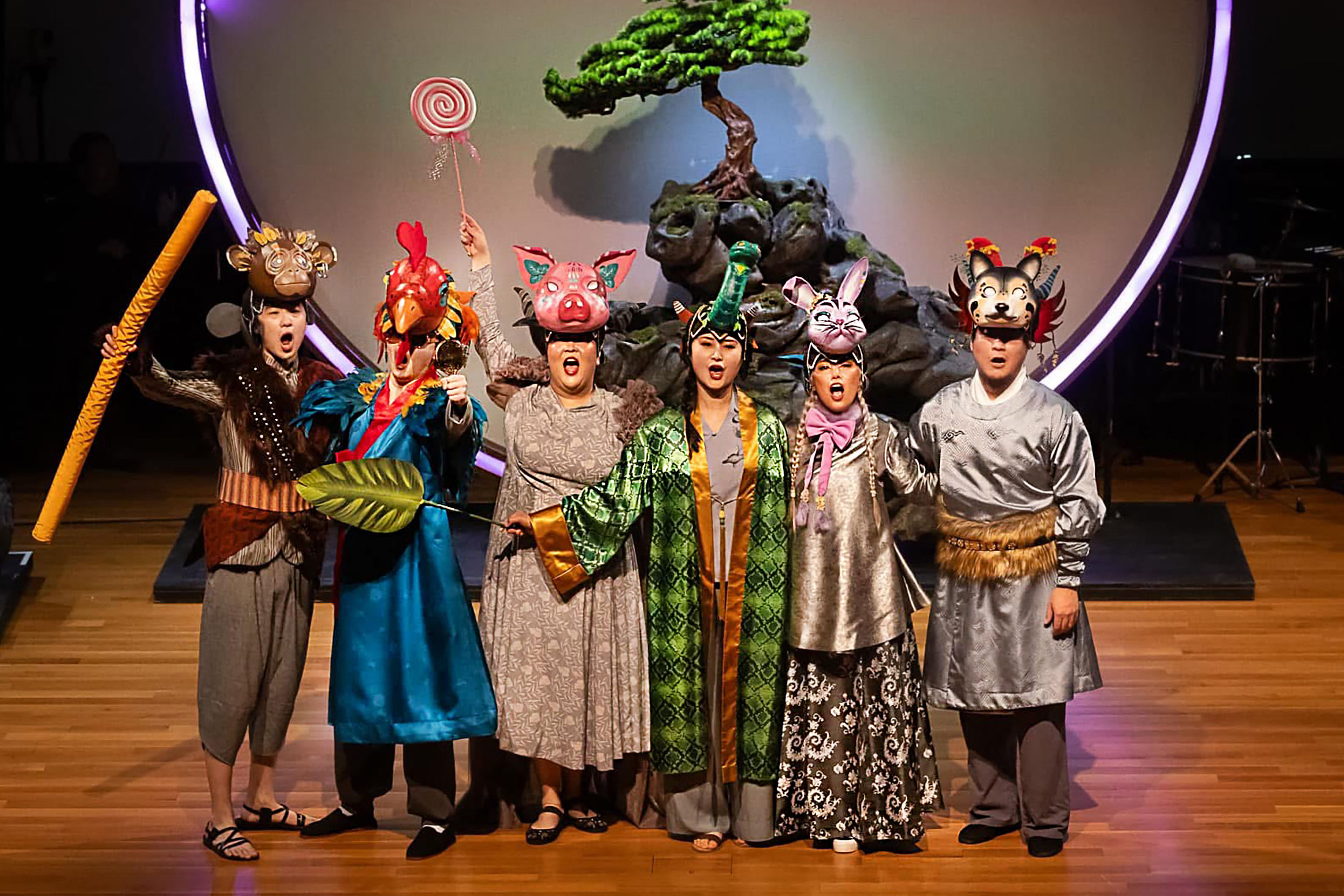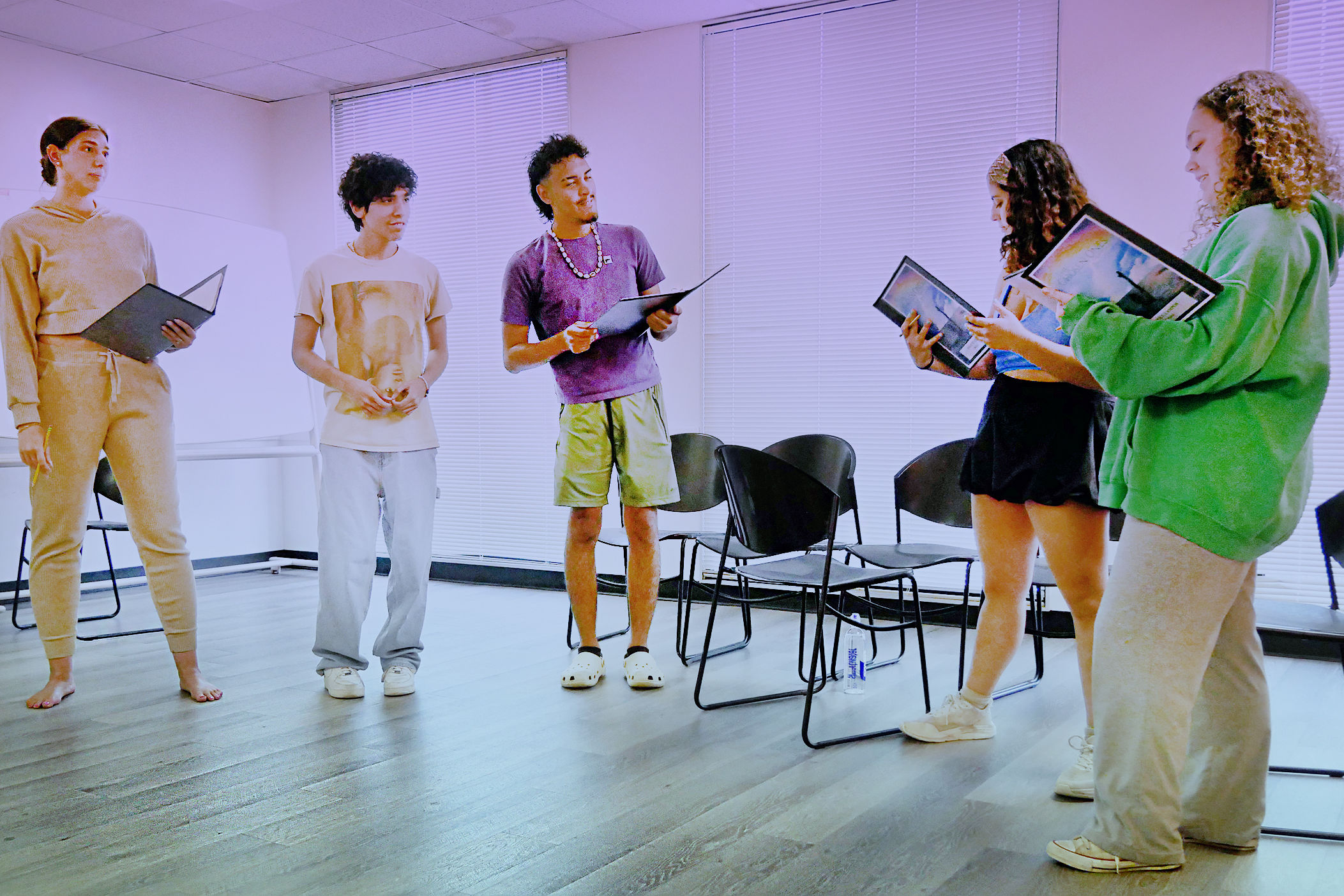Balancing the Contemporary and Classical at Houston Ballet
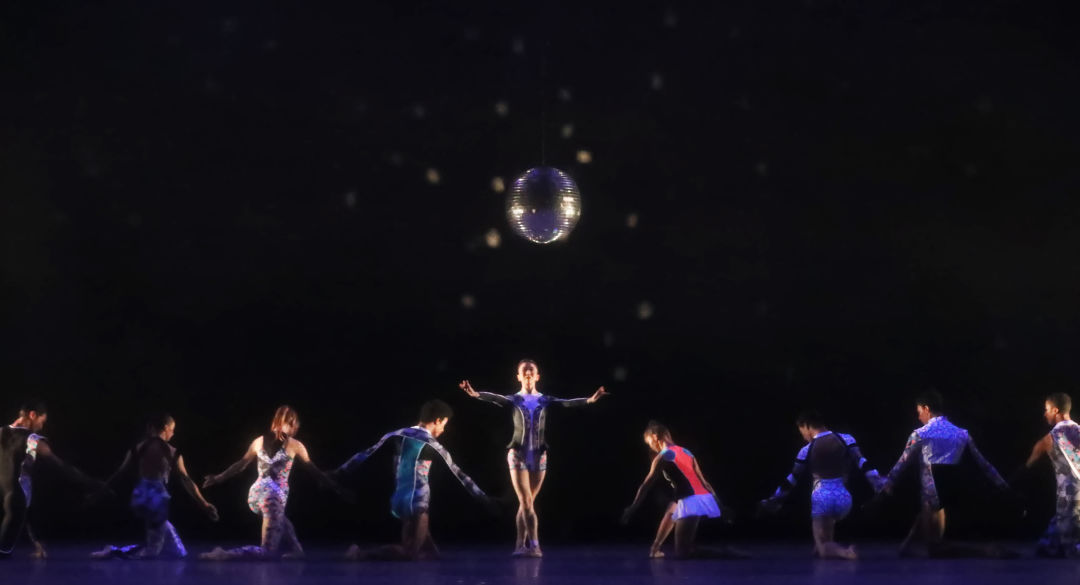
Artists of Houston Ballet in Oliver Halkowich’s Following.
The Houston Ballet had a bit of bad luck with Locally Grown. World Renowned., its first mixed repertory program of the season. The Thursday night opening night performance had to be canceled due to bad weather, delaying the world premieres of two commissioned works until Saturday.
But even that couldn’t mar the program’s success. Once it did get on stage, Locally Grown. World Renowned. was a triumph.
The program included Elapse, a new work by Chinese choreographer Disha Zhang, formerly with the Beijing Modern Dance Company. It’s her first work for an American company. Zhang had just three weeks in Houston to create Elapse, a very short time to produce such a polished and seamless work.
The work opened to a dim, foggy stage while the sound of crashing waves poured over the crowd. The dancers, dressed in drab, loose-fitting street clothing, wore branches on their heads, reminiscent of antlers, and many had their hair grayed. They seemed to appear from the mist, moving from areas in total darkness to the illuminated center. (The lighting by Lisa J. Pinkham was especially effective.)
The waves and crashes eventually gave way to music by Zeng Xiaogang. It was far from folk music but featured traditional Chinese instruments, including a guqin (a stringed instrument similar to a zither). Some dancers slid on their backs, from one side of the stage to the other, while others formed loose groups. Eventually they were all gathered on stage and stared expressionless at the audience. Often moving in unison, the group of 16 leaned one way, then the other. They would fall in and out of each other’s arms, sometimes lifting one another. They’d move in jerks and shakes, then swing their arms or undulate their whole bodies. As Elapse drew to an end, the dancers disappeared back into the darkness. It was completely removed from classical ballet, and it was mesmerizing.
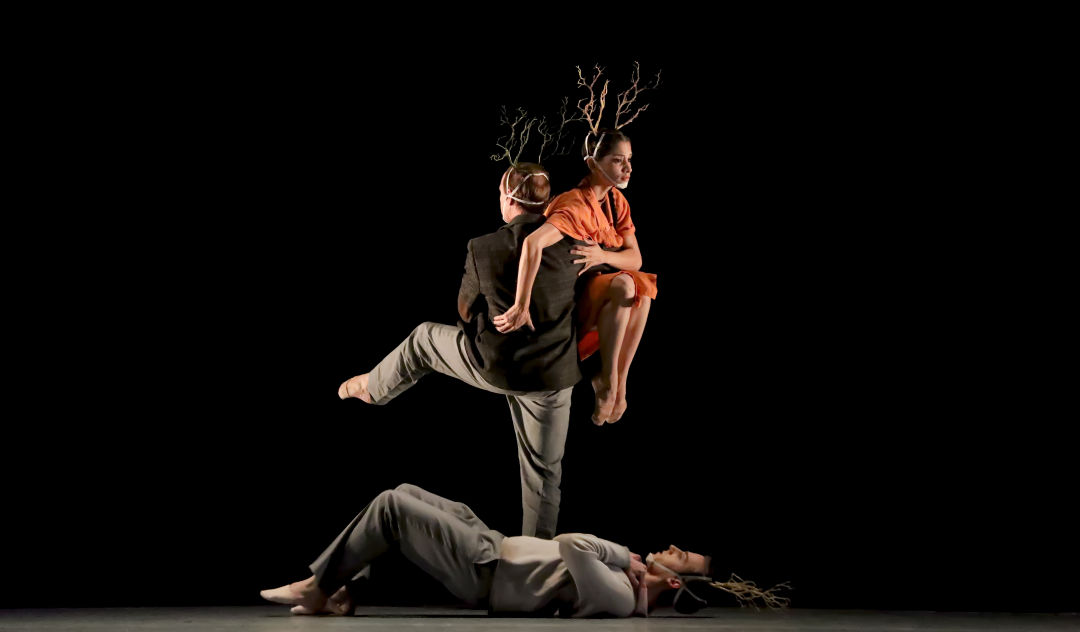
Artists of Houston Ballet in Disha Zhang’s Elapse.
Zhang, who first came to the attention of Houston Ballet Artistic Director Stanton Welch at the Nijinsky Gala in Germany, was given carte blanche with Elapse. (Welch is known to give guest choreographers complete freedom in their creative process.) And despite the language barrier which required Zhang to work with a translator in the studio, she created a wonderful piece. Elapse feels important, not only for Zhang who makes her American debut, but for the company as well. It demonstrates the company’s versatility and ability to completely master a modern work. It’s one of those moments that will carry “I was there” bragging rights going forward.
The second world premiere for the night was Following by Houston Ballet first soloist Oliver Halkowich, his first work for the company. Divided into seven short sections, Following was delightful. While contemporary in tone, it drew heavily from classical movement. With a change in music, Yuriko Kajiya, fresh from an impressive performance as the lead in Giselle, could have easily been performing in a story ballet, complete with tutu.
Light-hearted and fun, Following was helped by the work of lighting designer Lisa J. Pinkham, who used a mirror ball and scrim for various sections. The stage curtains were lifted at some points to reveal the wings, complete with light trees. Halkowich used music by eclectic musician Louis Thomas Hardin, also known as Moondog. The sections, each with a different time signature, were distinct and yet obviously created by the same composer. (Thank you, Oliver, for the introduction to Moondog!)
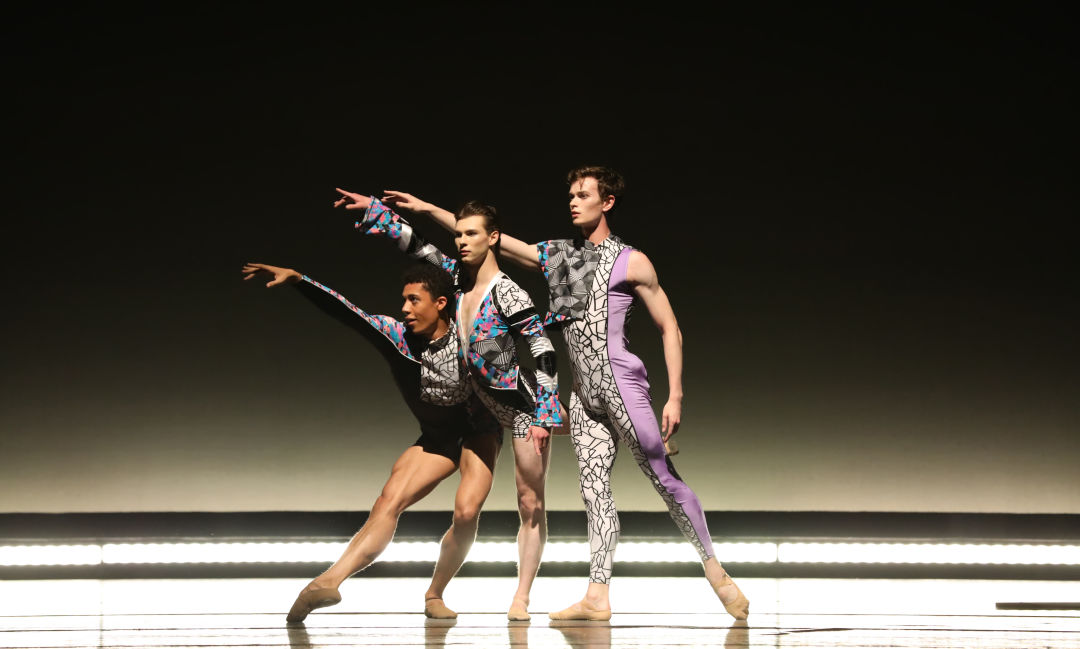
Artists of Houston Ballet in Oliver Halkowich’s Following.
Halkowich worked closely with costume designer Monica Guerra to create the colorful outfits which featured bell bottom pants and lots of long fringe. Color blocks of bright pinks and blues dominated, and there were splashes of turquoise and lavender with hints of Harlequin-like checks.
Still, the highlight of the evening was Edwaard Liang’s Murmuration, returning to Houston Ballet for the first time since it was created for the company in 2013. Liang’s intricate choreography was inspired by the movements of starling birds, which fly in large clusters. Without an apparent leader, they swirl and turn in unison, never colliding.
The dancers formed pattern after pattern, replicating each other’s movements before breaking away in a new wave of mirror images. Karina Gonzáles and Connor Walsh partnered together beautifully during one pas de deux.
Lisa J. Pinkham’s lighting design, again, deserves recognition here. Performed on an empty stage, Murmuration relied on changes in lighting to transform the setting. Pinkham often bathed the stage in a beautiful Prussian blue. At one point, shadows of the dancers played across the backdrop, echoing and multiplying their movements.
As Murmuration was inspired by the movements of starling birds, it’s fitting that feathers were involved. At various times, dancers tossed handfuls of white feathers on each other. And far upstage, feathers fell in a steady flow. As they fell, they caught the light and appeared to glow, like so many fireflies. Some fell quickly, others lingered in the air, and some, impossibly, fell upward. As the piece progressed, feathers fell over more and more of the stage.
The Houston Ballet Orchestra, especially concertmaster Denise Tarrant, turned in a blistering performance of Ezio Bosso’s Violin Concerto No. 1 “Esoconcerto.”

Houston Ballet Principals Karina González and Connor Walsh in Edwaard Liang’s Murmuration.
The fourth work on the program was James Kudelka’s Passion. While well-executed, Passion didn’t match the excitement and complexity of the program’s other pieces. Principal dancers Connor Walsh and Karina Gonzáles spent much of their time wandering on opposite sides of the stage, gazing meaningfully at each other. Powerhouse dancers, Walsh and Gonzáles are both excellent actors, but audiences would rather see them dance than emote.
And there were a few wardrobe malfunctions during Passion. Denis Lavoie’s lovely costumes featured knee-length, layered tulle skirts for the women. Unfortunately, the skirts repeatedly snagged on the women’s sequined tops and arm bands and one dancer spent several minutes with a layer of her skirt hiked up behind her.
The music was much more successful. Set to a score by Beethoven, Passion featured an excellent performance by the Houston Ballet Orchestra, especially pianist Katherine Ciscon. She joined the dancers on stage for a well-deserved bow during the curtain call.
Thru Sept. 29. Tickets from $25. Wortham Theater Center, 501 Texas Ave. 713-523-6300. More info and tickets at houstonballet.org.
